After an unforeseen weather delay caused by the recent passing of Hurricane Beryl, the highly anticipated Placencia Lobsterfest is back on track and ready to kick off this week, July 19-21, 2024. Organizers have worked tirelessly to ensure the event can proceed as planned, demonstrating the resilience and determination of the Placencia community.

This beloved annual festival is a joyous celebration of the opening of lobster season, a time when the waters around Placencia teem with these delectable crustaceans. It’s a magnet for seafood aficionados from around the world, who flock to this picturesque peninsula to indulge in the freshest lobster dishes imaginable.
Prepare your taste buds for a culinary adventure like no other! The festival’s food stalls and restaurants will showcase an impressive array of lobster creations, from the classic grilled lobster tails and zesty lobster ceviche to innovative delights like lobster pizza and crispy lobster fritters. There’s truly a dish to satisfy every craving, ensuring a gastronomic experience you won’t soon forget.

But Lobsterfest is more than just a foodie paradise. It’s a vibrant tapestry of Placencia’s rich culture and community spirit. The air will be filled with the lively sounds of live music and dancing, while talented artisans will showcase their unique crafts. Families will find plenty to enjoy, with a variety of activities designed to entertain all ages. Whether you’re a devoted foodie, a music enthusiast, or simply seeking a fun-filled weekend getaway, Lobsterfest promises something special for everyone.
And where better to stay during this exciting event than Chabil Mar, your luxurious haven on the Placencia Peninsula? Our resort offers the perfect blend of comfort, elegance, and convenience, with spacious villas that provide a true home away from home. Imagine waking up to the gentle sound of waves lapping against the shore, as our stunning beachfront location offers breathtaking views that will soothe your soul.

At Chabil Mar, we’ve thought of everything to make your stay unforgettable. Our on-site restaurant will be serving up delectable lobster dishes that will tantalize your taste buds. Plus, our proximity to the festival grounds means you’ll be just a short stroll away from all the action.
As the Placencia Lobsterfest emerges from the shadow of Hurricane Beryl, it stands as a testament to the strength and spirit of this extraordinary community. So, don’t miss out on this exciting event! Book your stay at Chabil Mar today and immerse yourself in the vibrant celebration of Placencia’s Lobsterfest. We’ll be waiting to welcome you with open arms and a lobster feast that will leave you craving more.
For more information about Belize, feel free to chat with our Concierge at concierge@chabilmarvillas.com or contact our Reservations Manager at reservations@chabilmarvillas.com. Or perhaps you would like to call toll-free from the US or Canada: 1-866-417-2377 or WhatsApp us at +501-633-7547.

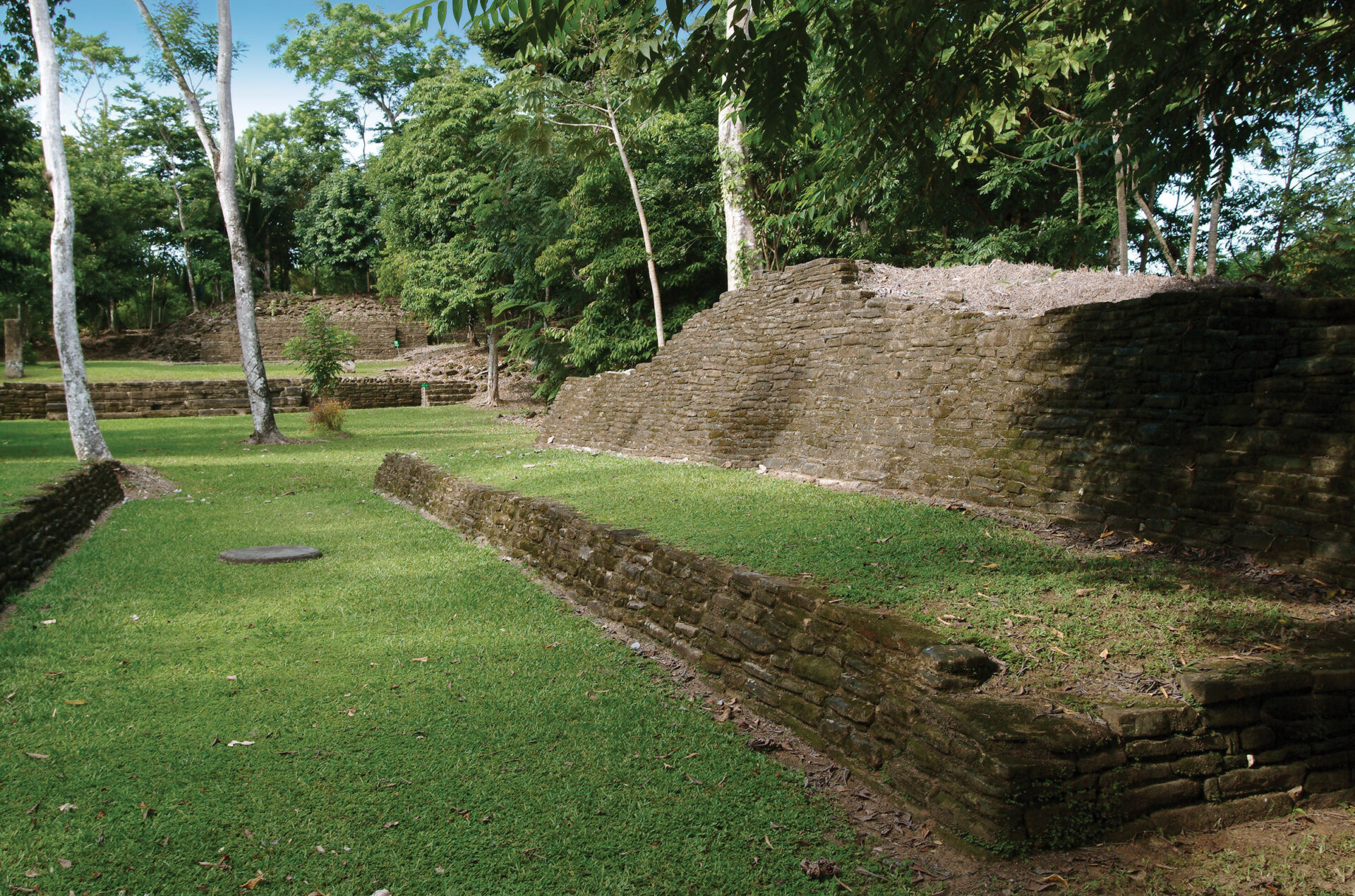
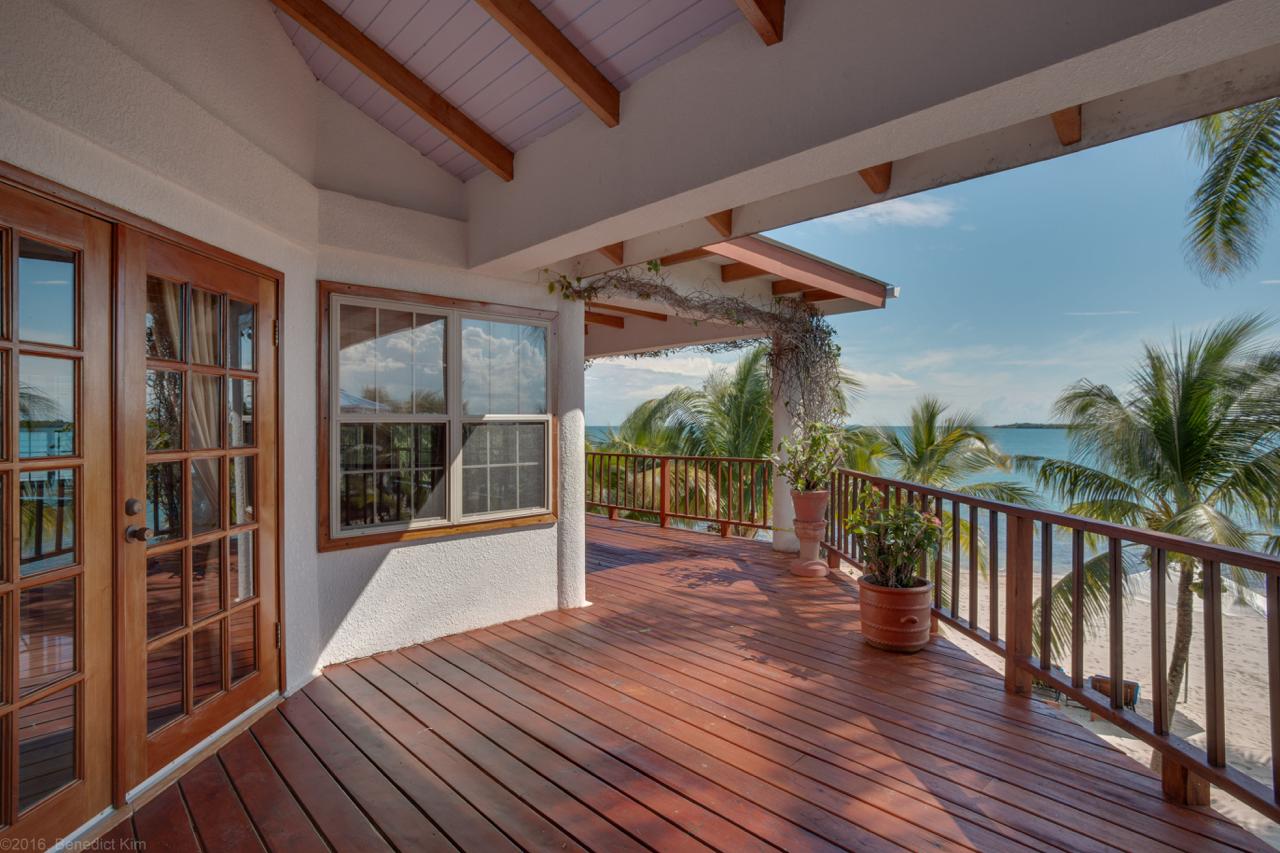
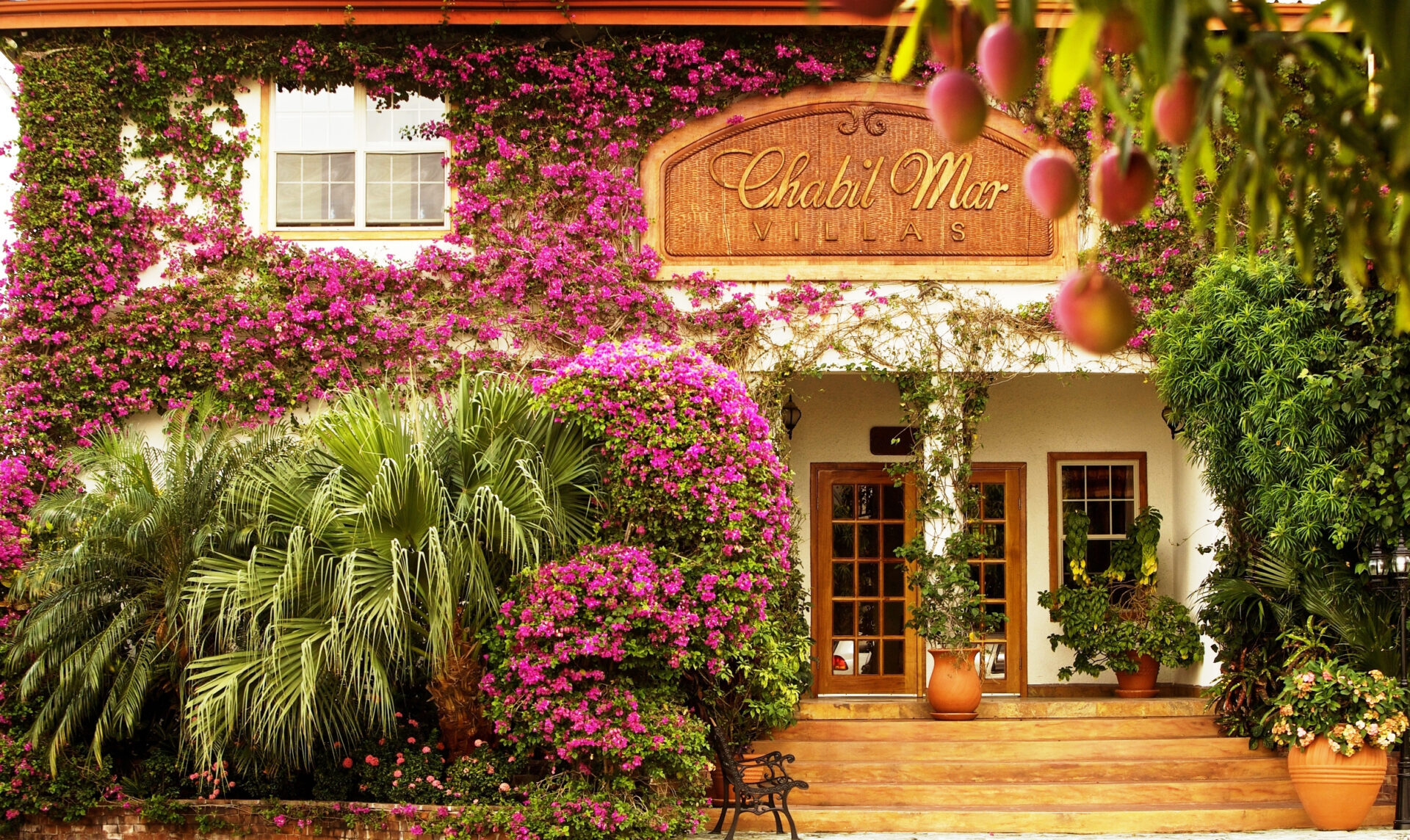
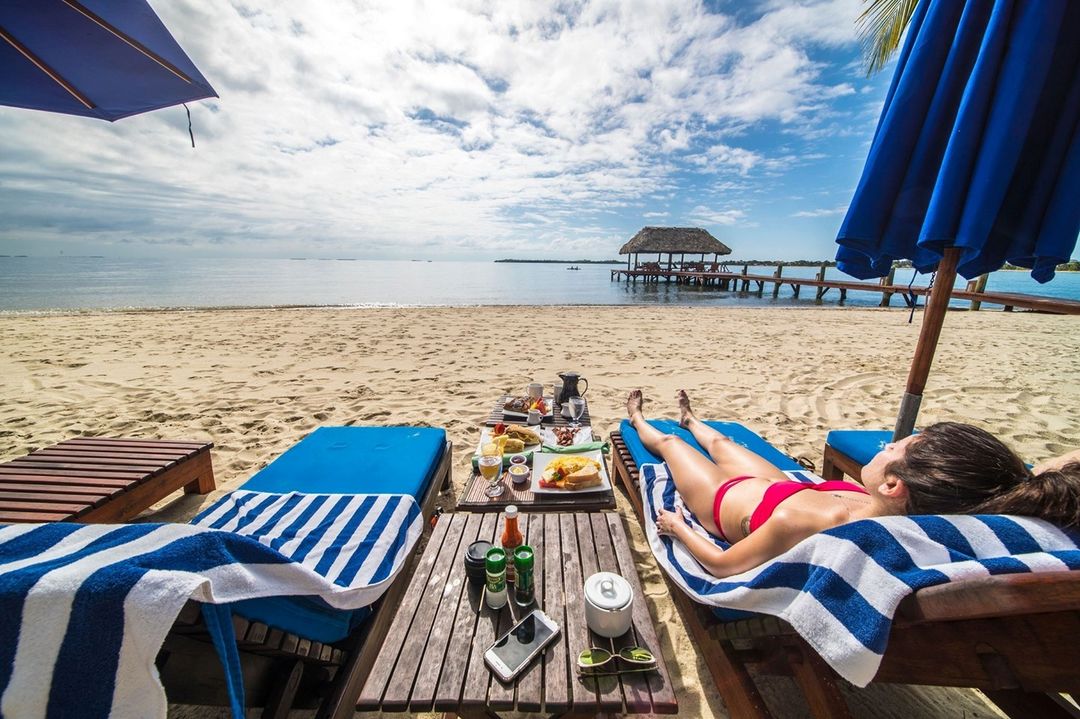
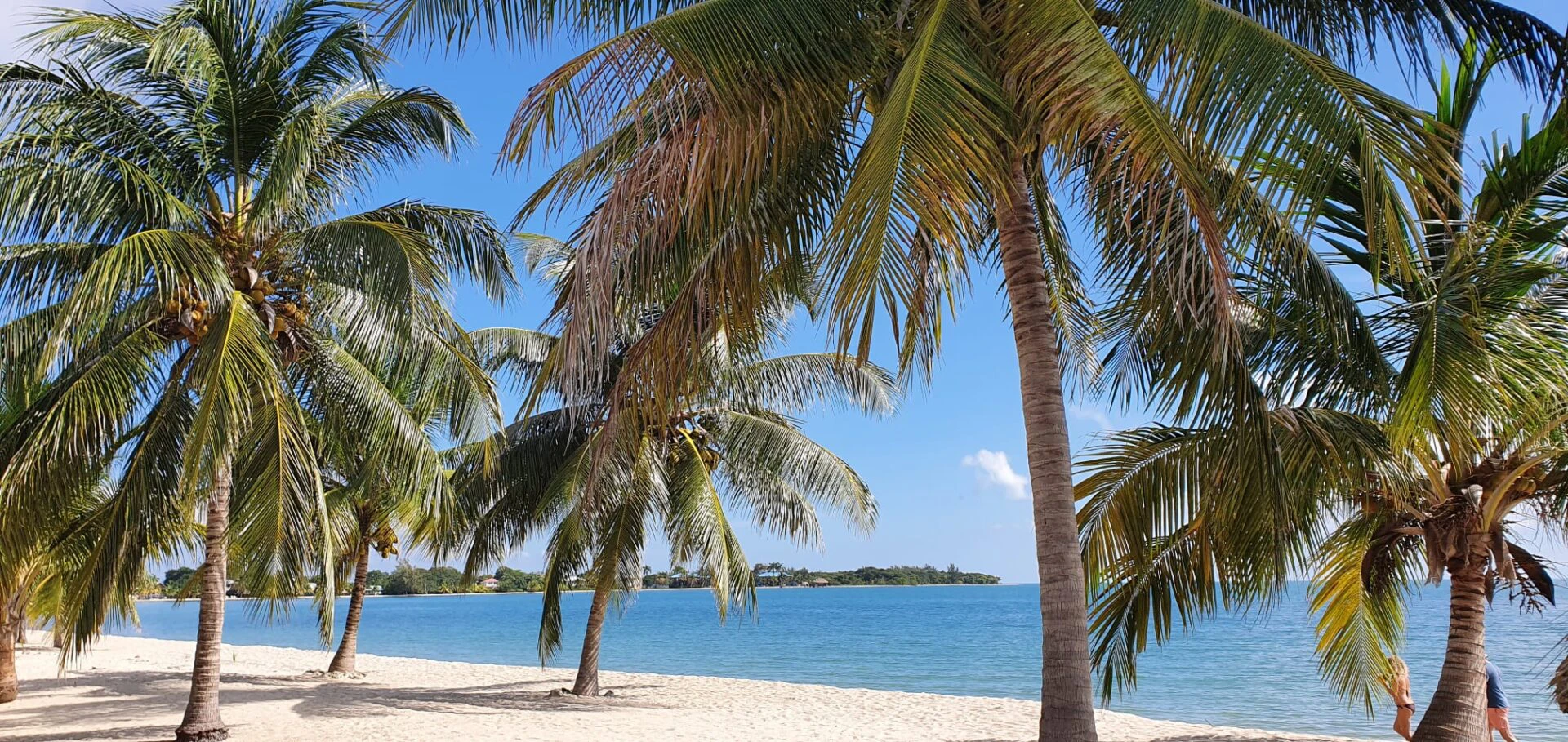
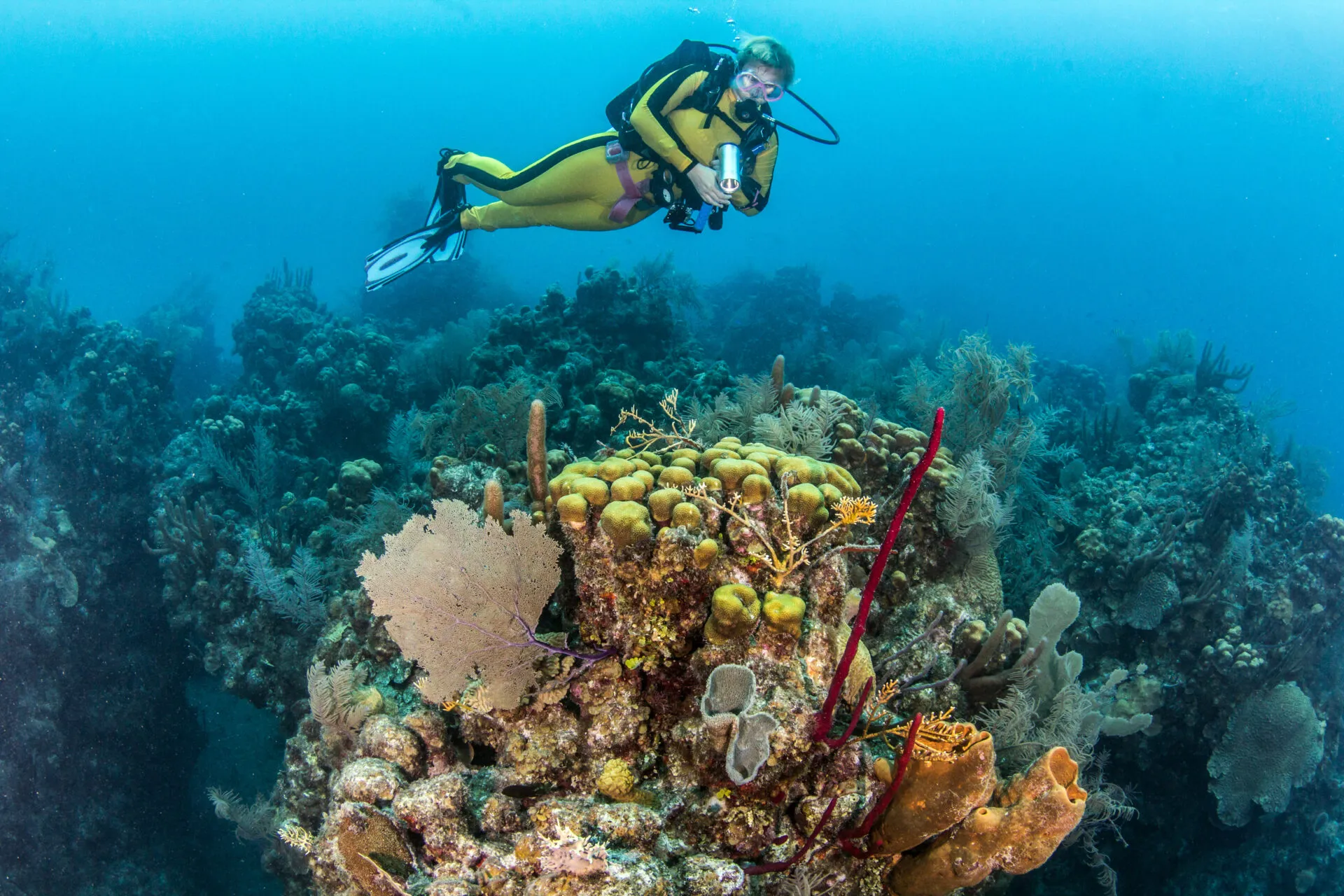
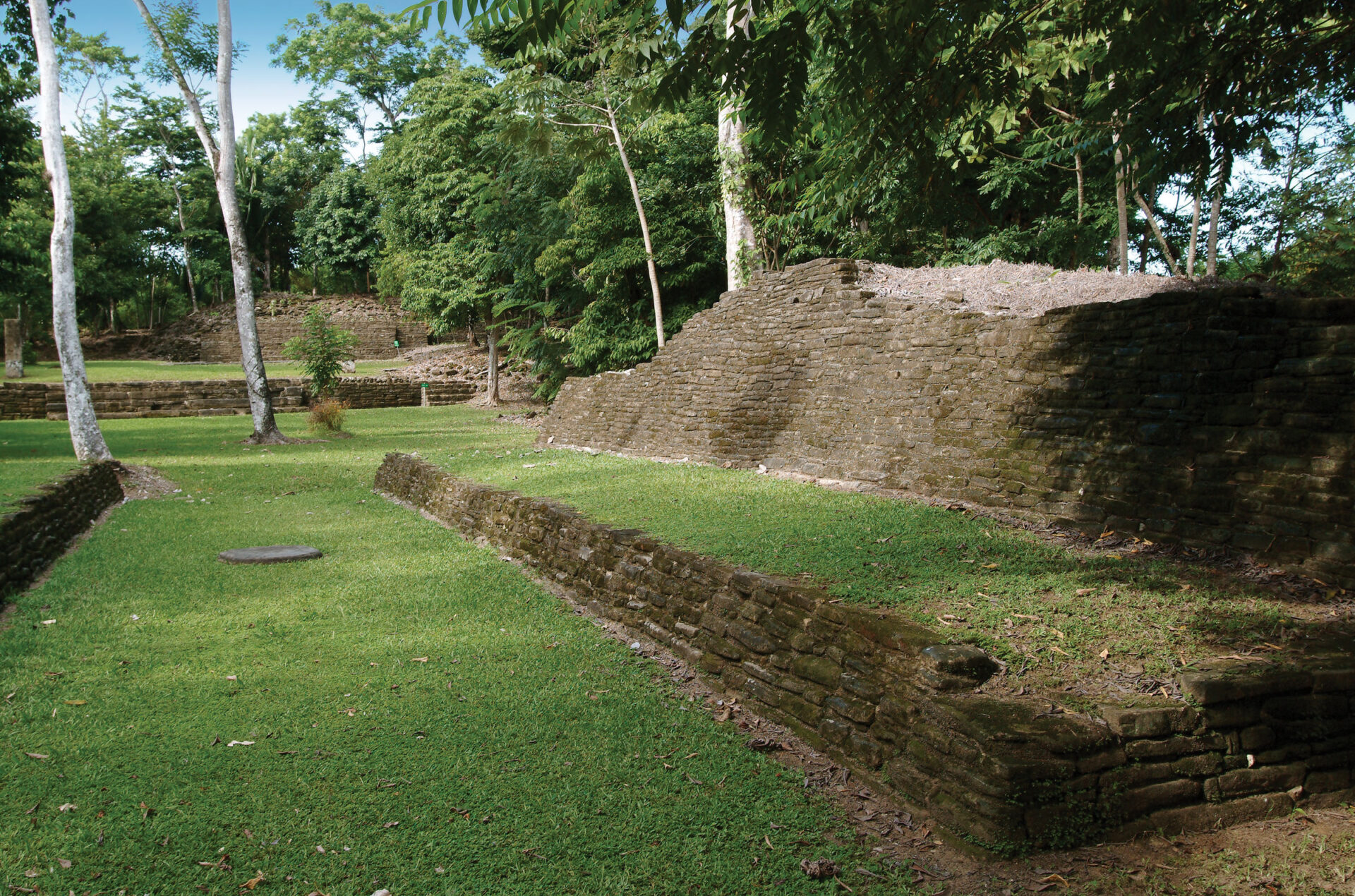
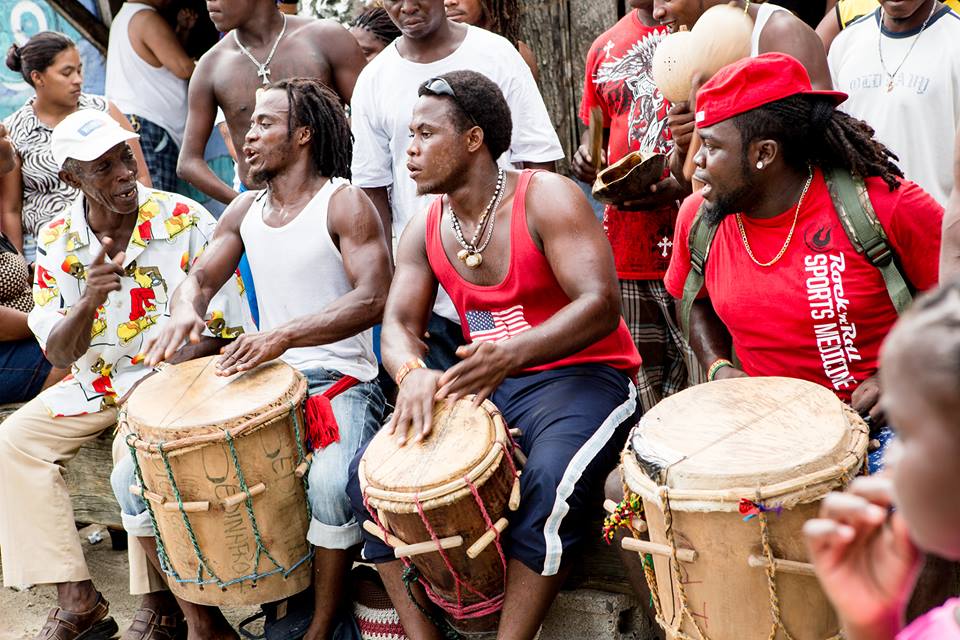

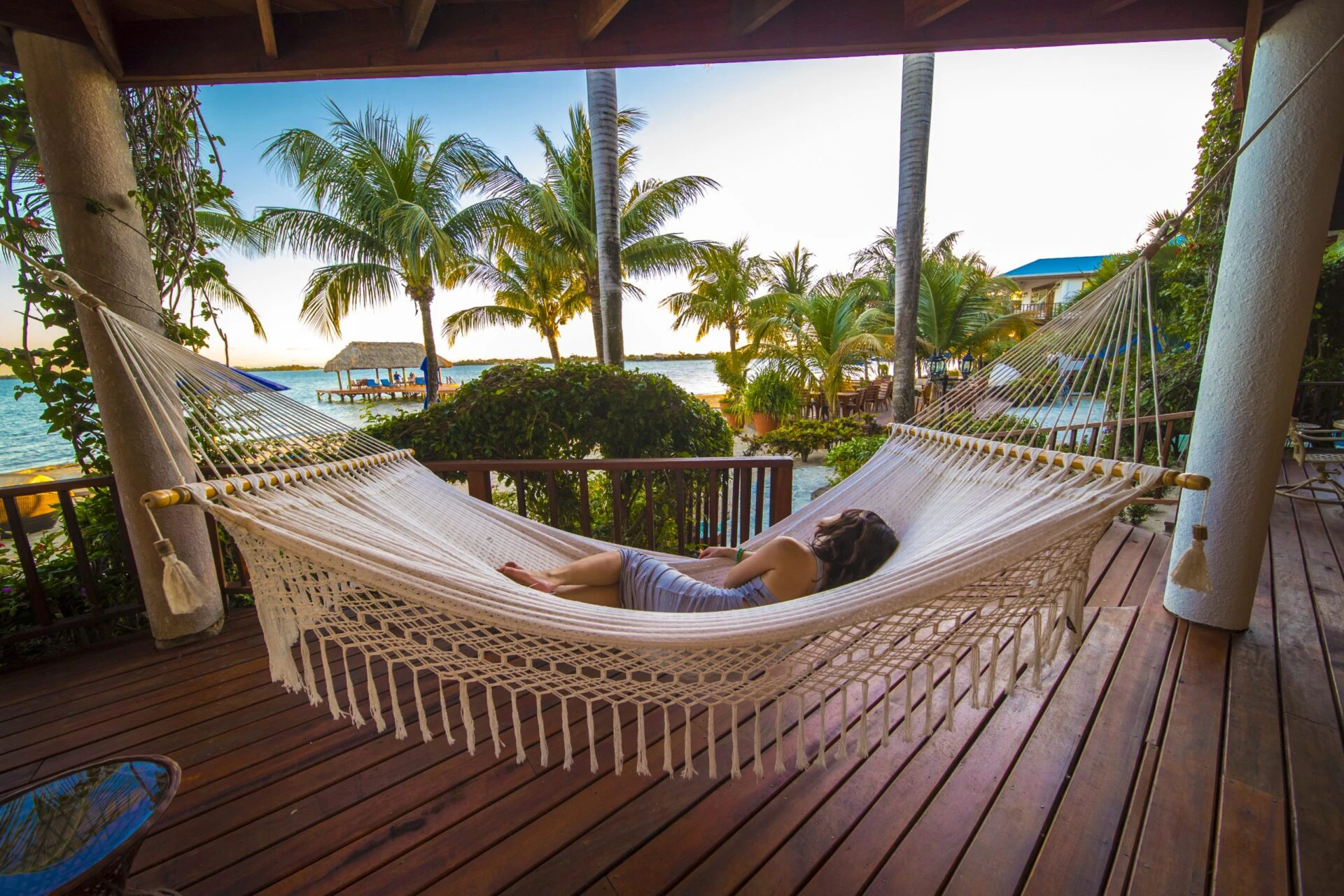
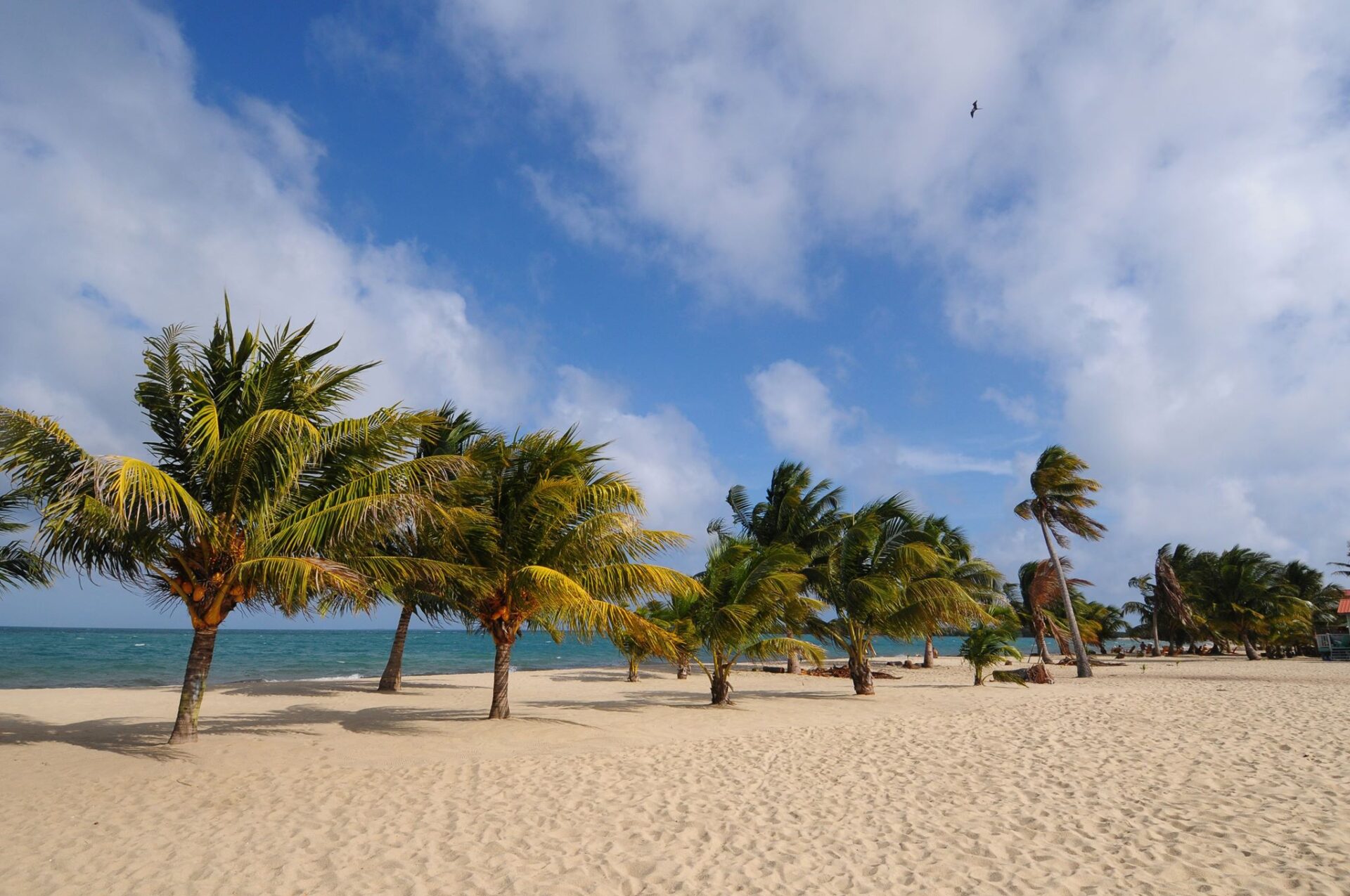
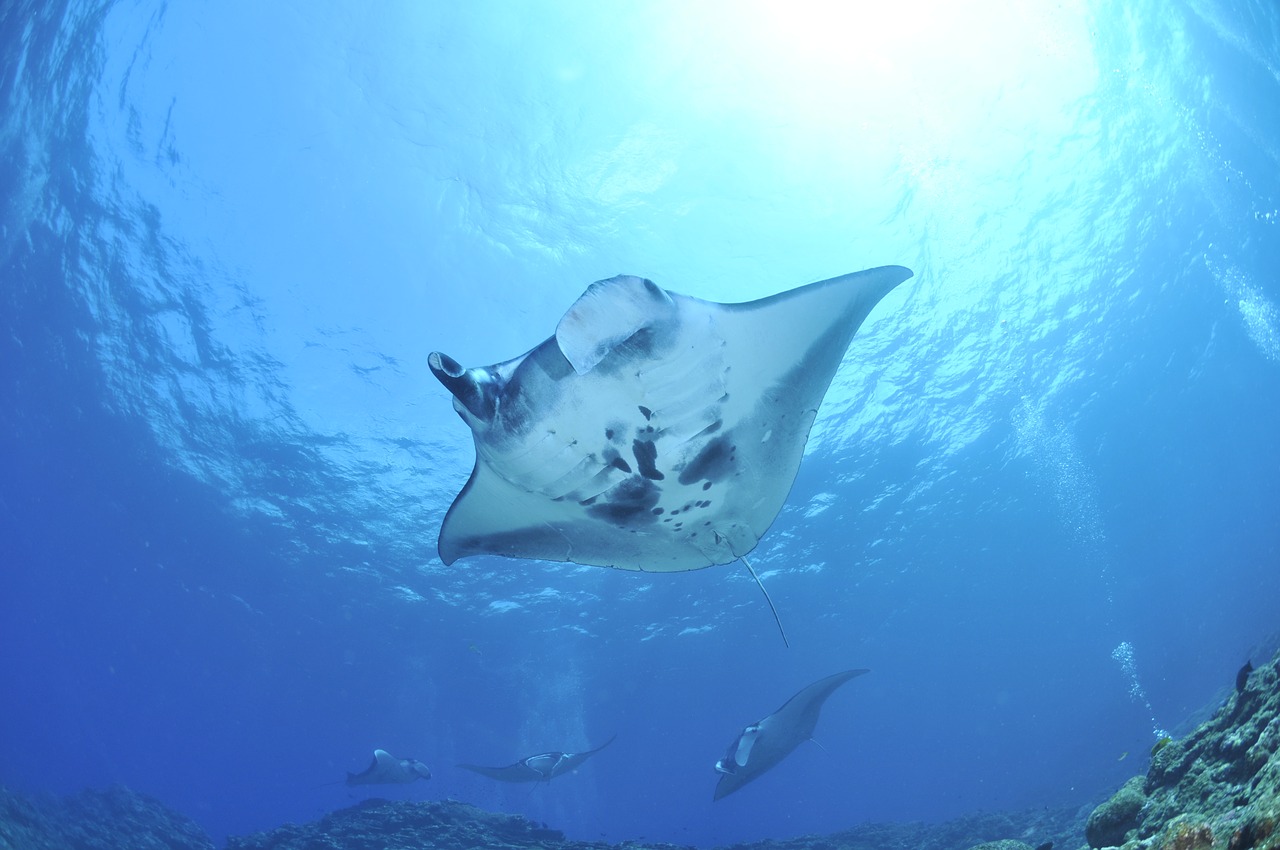
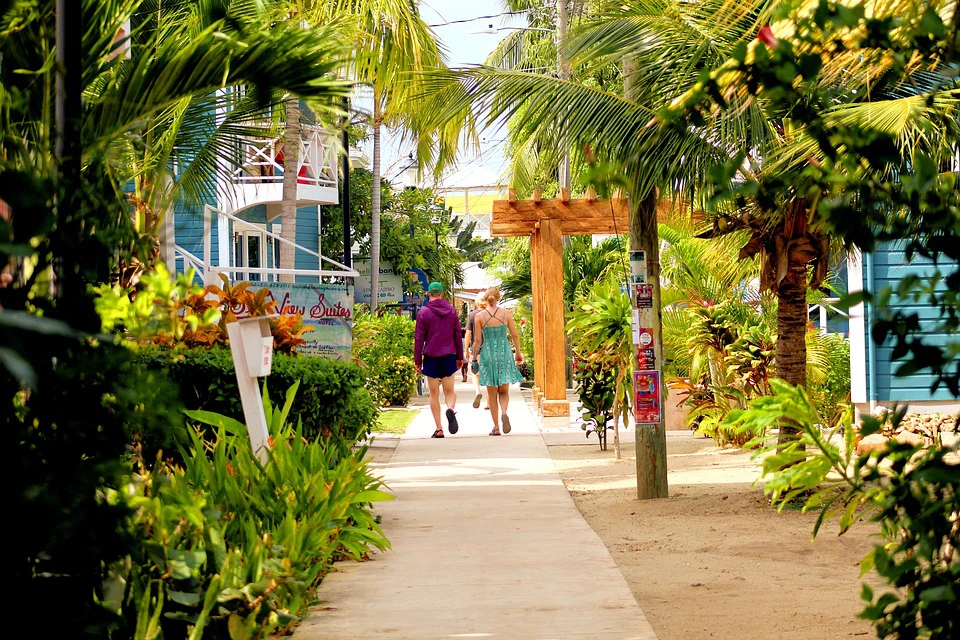
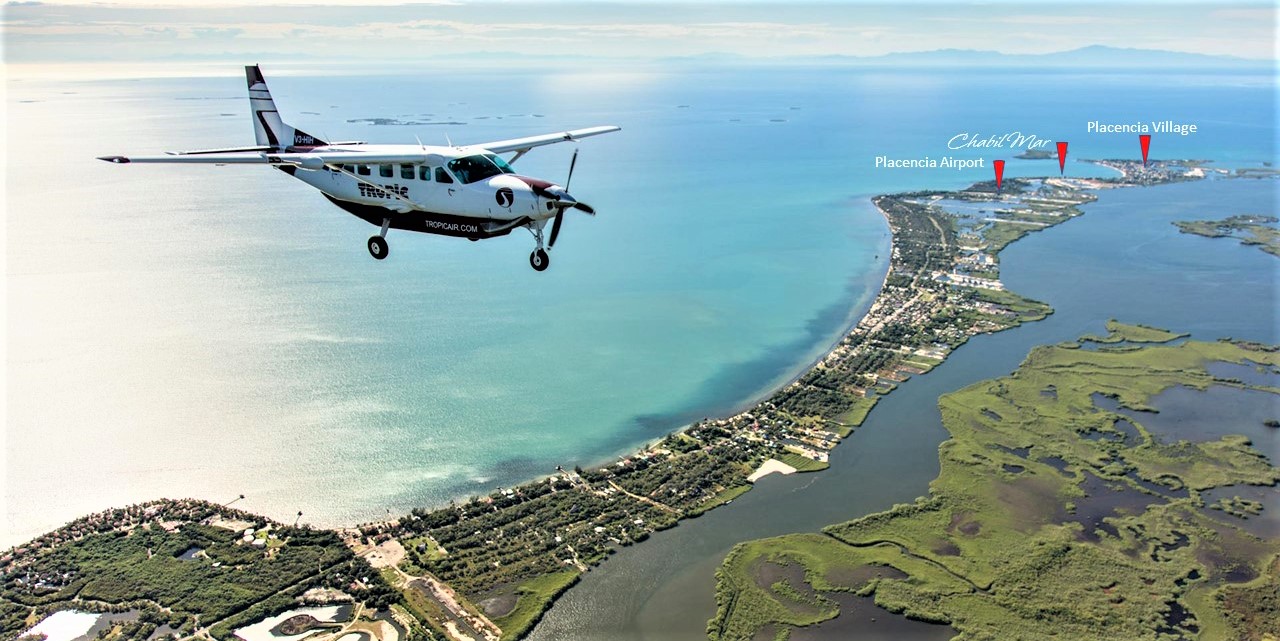
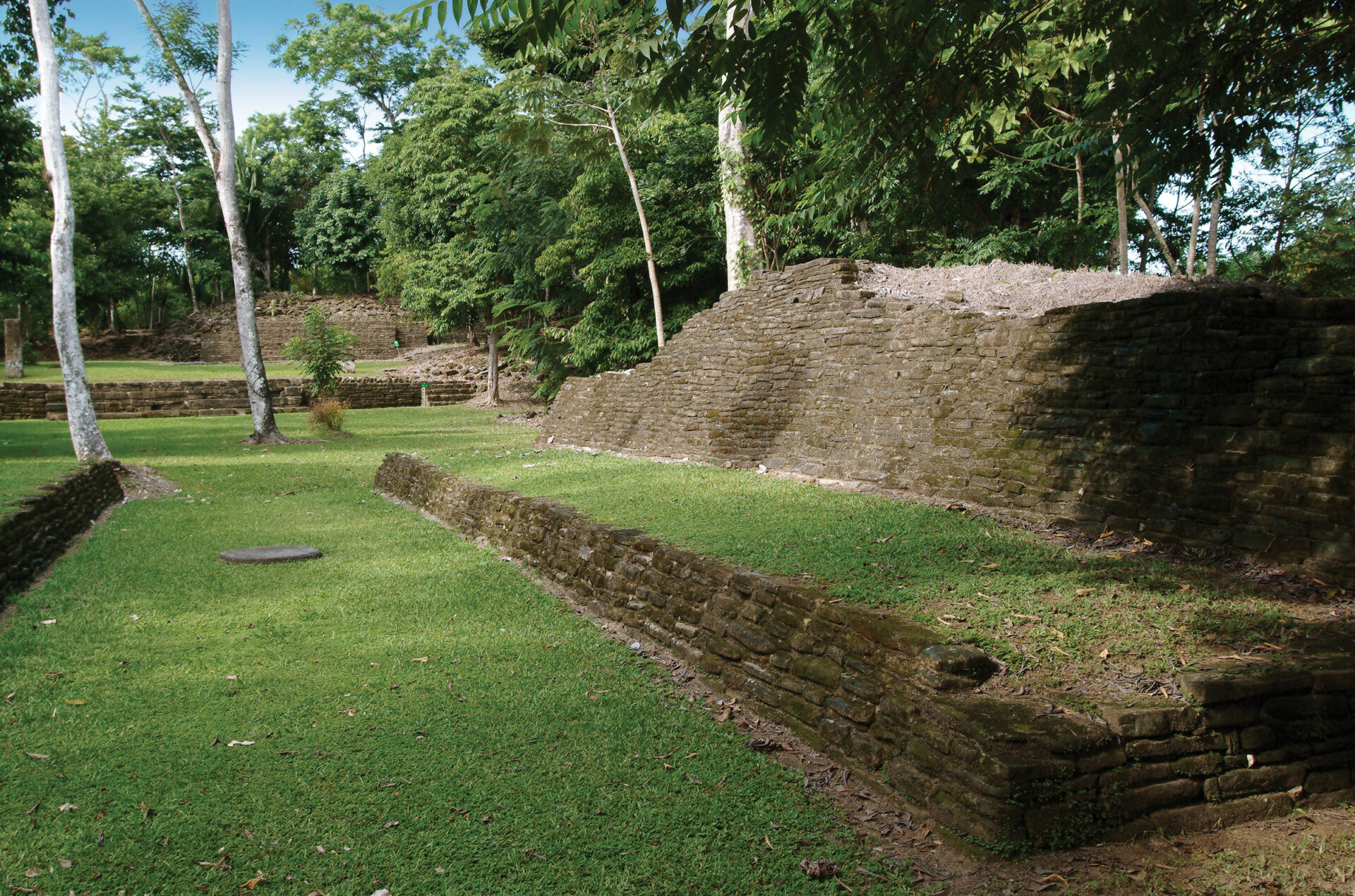
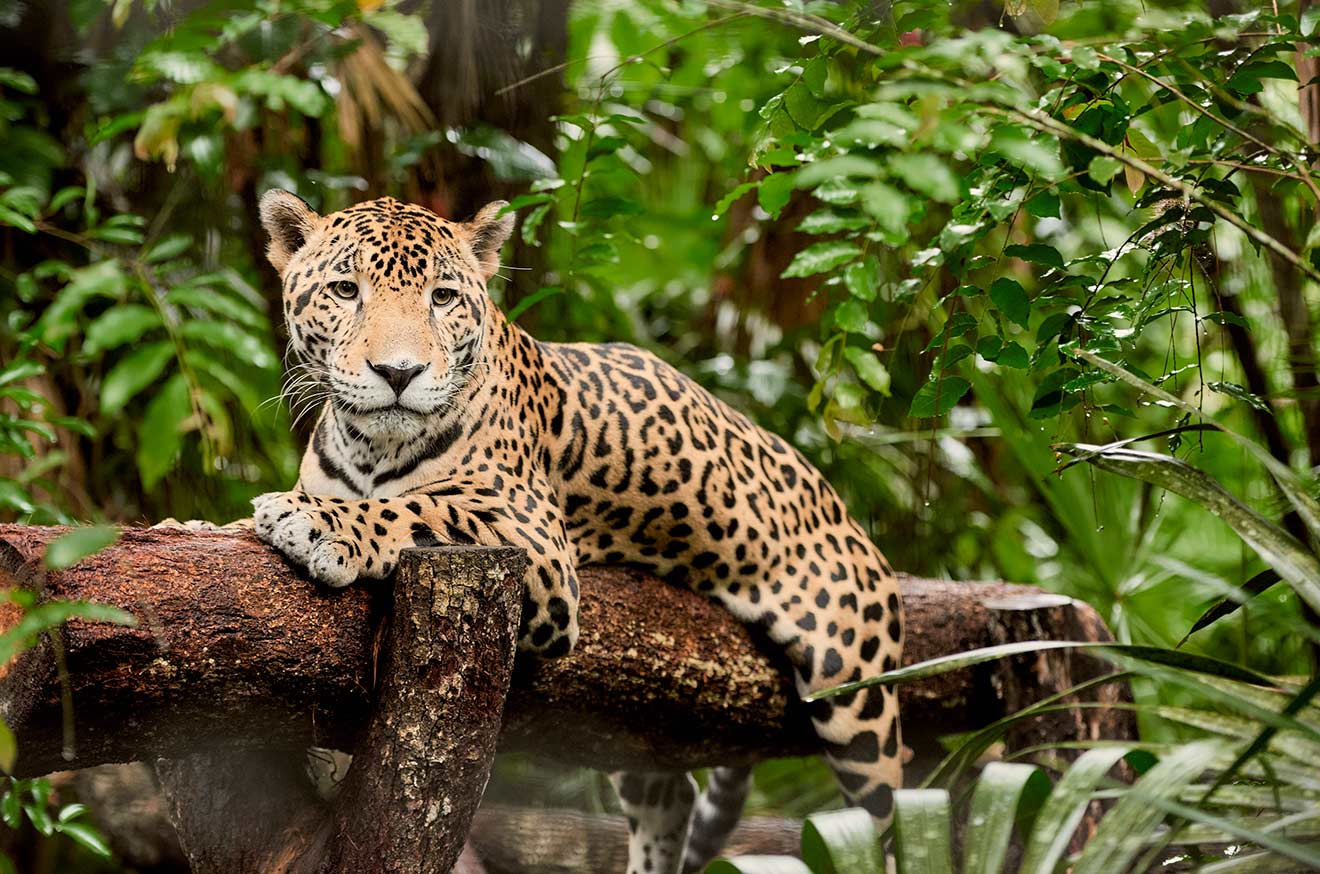





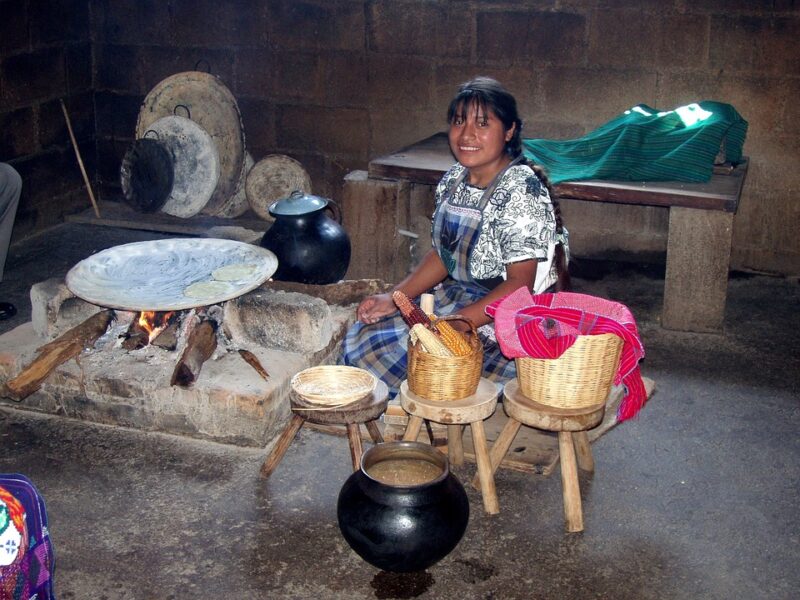



Follow Us!